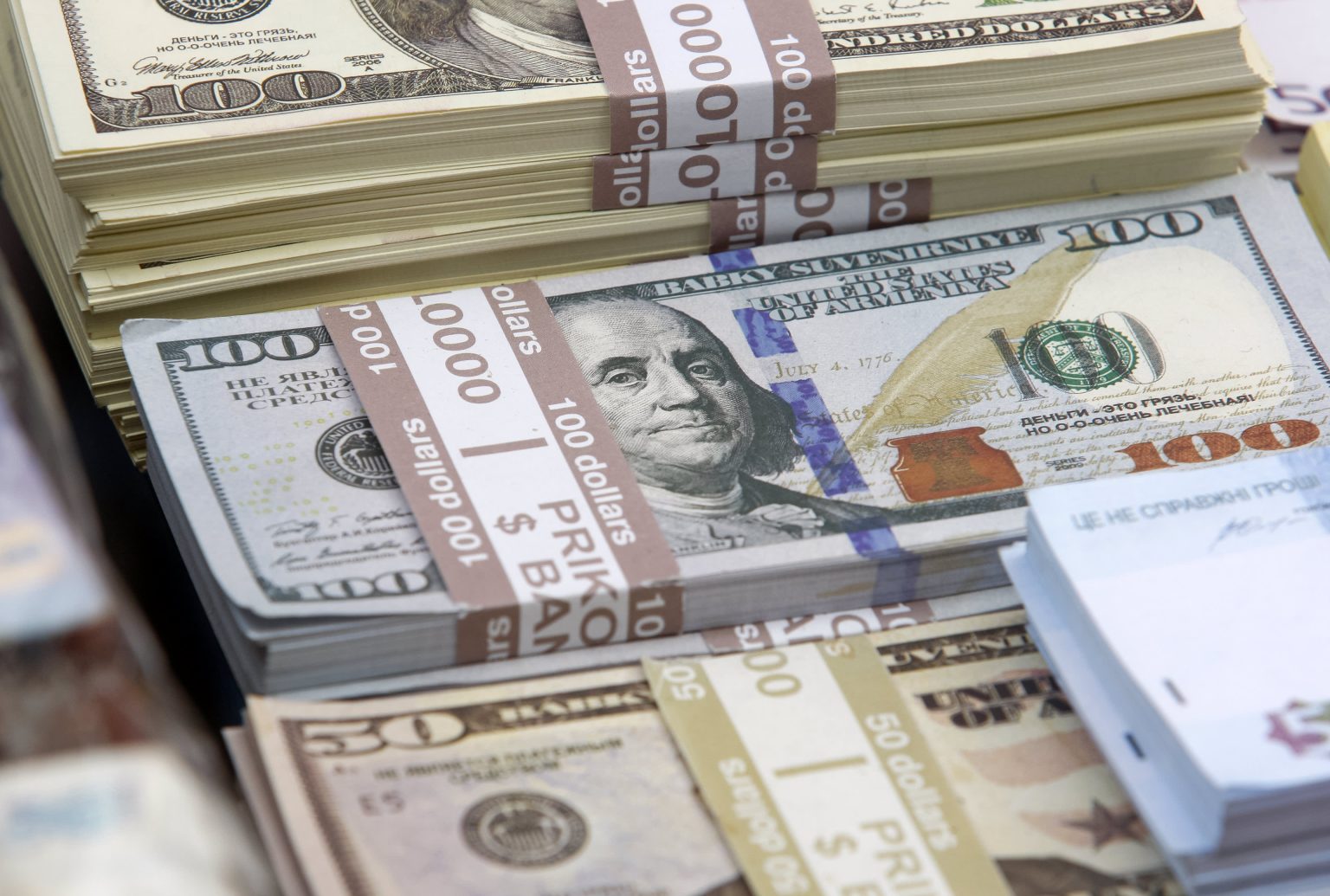- Analysts project the Kenyan shilling to remain within the ranges of Sh115.1 and Sh119.1 against the US Dollar in 2023
- The shilling depreciated by 9 percent against the US Dollar to close at Sh123.4 in 2022
- The depreciation of the Kenyan shilling in 2022 was driven by high global crude oil prices, increased dollar demand by importers, and government debt servicing.
Analysts project the Kenyan shilling to remain within the ranges of Sh115.1 and Sh119.1 against the US Dollar in 2023, even as it closed the year at a record Sh123 against the greenback.
Cytonn Investments Annual Market Report indicates that the shilling depreciated by 9 percent against the US Dollar to close at Sh123.4 in 2022 compared to Sh113.1 at the end of 2021, equivalent to a 3.6 percent depreciation.
“Against our expectations, the Kenyan shilling closed the year at Sh123.4. We expected the Kenyan shilling to remain within a range of Sh115.1 and Sh119.1 against the USD in the medium term based on the Purchasing Power Parity (PPP) and Interest Rate Parity (IRP) approach respectively, with a bias of a 4.7 percent depreciation,” the report states.
According to the report, the depreciation of the Kenyan shilling in 2022 was driven by high global crude oil prices attributable to the persistent supply chain constraints and high demand with fuel being an integral input in most sectors.
Other factors include increased dollar demand by importers especially in the oil and energy sector as well as manufacturers against a low supply of dollar currency leading to shortage of USD in the Kenyan market.
The current account deficit, which is estimated at 5.5 percent of GDP in the 12 months to October 2022, also contributed to the depreciation of the Kenyan currency.
“Key to note, the current account deficit was driven by a 15.8 percent deterioration in trade imbalance to Sh373.1bn, from Sh322bn in Q3’2021. This is despite merchandise exports increasing by a faster 29.7 percent to Sh228.2 bn in Q3’2022 from Sh175.9bn recorded in Q3’2021 relative to a 20.8 percent increase in merchandise imports to Sh601.2bn in Q3’2022 from Sh498.0bn recorded in a similar period in 2021,” the report reads.
Government debt servicing has also continued to put pressure on forex reserves given that 69.3 percent of Kenya’s External debt was US Dollar denominated as of October 2022.
“A continued hike in the USA Fed interest rates in 2022 to a range of 4.25 percent -4.5 percent in December 2022 to curb inflation has strengthened the dollar against other currencies resulting in capital outflows from emerging and developing markets such as Kenya,” the report reads.
Kenya: Shilling depreciates further in November as dollar demand continues rising
Shilling Support
Experts at Cytonn Investments predict the currency will be supported by sufficient forex reserves which closed the year at USD 7.4bn, equivalent to 4.2 months of import cover, which is slightly above the statutory requirement of maintaining at least 4.0-months of import cover.
However, as the report reveals, despite the forex reserves being adequate, they have dropped by 15.1 percent year to date from USD 8.8bn recorded in January 2022.
Improved diaspora remittances will also be critical in cautioning the shilling. The remittances hit a cumulative USD 4bn as at November 2022, representing a 9.7 percent year on year increase from USD 3.7bn recorded over the same period in 2021.
Sub-Saharan African Currencies
According to the report, in 2022, all select Sub-Saharan African currencies depreciated against the U.S Dollar, mainly on the back of elevated inflationary pressures in the region, high debt servicing costs that continue to dwindle foreign exchange reserves coupled with monetary policy tightening by the US Federal reserve.
The Ghanaian Cedi was the worst performer during the year, depreciating by 42.8 percent against the dollar, attributable to the deteriorated macroeconomic environment, evidenced by its elevated inflation, with November 2022 inflation rate coming in at a record of 50.3 percent, tightened monetary policy as Ghana’s interest rates were hiked to 27 percent in November 2022 and a high debt distress with its public debt to GDP coming in at 75.9 percent in September 2022.
